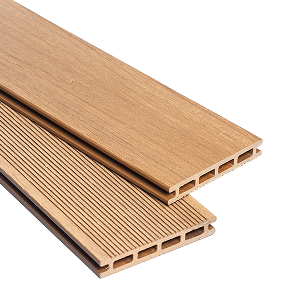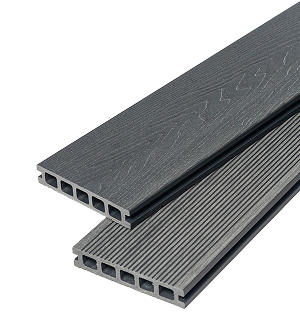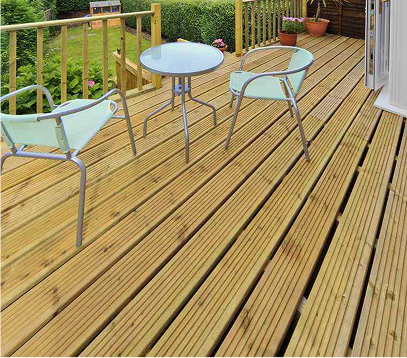 Previous Article
Previous Article
The Ultimate Guide to Fencing Ideas (2025 UK Edition)


A customer favourite over the years is using leftover decking boards to construct a matching bench for their new outdoor space. It’s a perfect way to create a bespoke seating area that complements your garden beautifully.
Building a bench from decking boards might seem difficult, but if you follow our simple steps, you can build a strong and stylish bench yourself. In this guide, we’ll walk you through the process, using advice gathered from numerous professional fitters.
Beginner / Intermediate DIY
£50 (for timber frame & fixings)
2 – 4 hours
£200 – £250
First, decide on the size of your bench. UK standards are a good guideline:
Typically 40cm – 50cm from the ground to the top of the seat.
Around 40cm – 50cm deep.
This depends on how many people you want to seat. A length of 1.8m is comfortable for three adults
Having everything at hand will save time and help you work faster.
We strongly recommend using C24 graded pressure-treated timber (e.g., 4 x 2 inches) for the frame. It’s strong, durable, and the UK industry standard for outdoor structures.
You can use leftover composite decking boards. They are stronger than wood, won’t rot or decay, and will perfectly match your decking.
You will need a tape measure, a spirit level, a power drill, and a mitre or circular saw. For fixings, always use high-quality galvanised structural screws for an outdoor project.


The foundation of your bench is a simple rectangular box frame.
Expert Tip: Use at least two screws per join for a strong connection. Pre-drilling the holes will make it easier to drive the screws in and prevent the timber from splitting.
Expert Tip for Longevity: To prevent the timber legs from rotting, they must not have direct contact with wet ground. The best practice is to either place your bench on hardstanding like paving slabs or to thoroughly coat the bottom of each leg with a high-quality end-grain wood preserver before use.



Building a stylish and durable bench from your leftover decking is a straightforward and rewarding DIY project. By following these steps and using the right materials, you can create a bespoke piece of garden furniture that not only looks fantastic but is built to last.
If you don’t have leftover materials but are inspired to build one, you can view our full collection of composite decking boards to get started.
 Previous Article
Previous Article
The Ultimate Guide to Fencing Ideas (2025 UK Edition)

How to Build a Composite Decking Planter: A 2025 UK Guide.